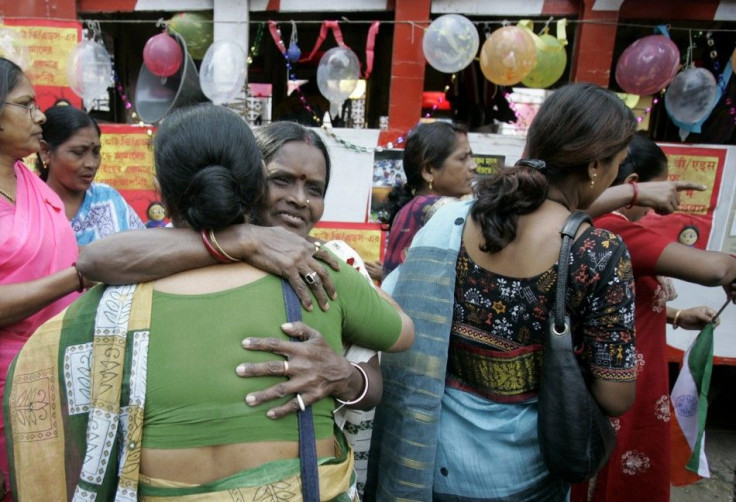HIV Infection among Female Sex Workers Declines: World Bank

A recent study, Impact of Targeted Interventions on Heterosexual Transmission of HIV in India, by the World Bank has found a significant decline in the prevalence of the HIV virus among female sex workers and young women (15-24 years) in the South Indian states of Andhra Pradesh, Karnataka, Maharashtra, and Tamil Nadu. The drop in prevalence is associated with a significant increase in consistent condom use.
Among the women seeking antenatal care in districts with high intensity of targeted interventions, HIV prevalence declined by more than 50 percent from 1.9 percent in 2001 to 0.8 percent in 2008, compared with low-intensity districts where the infection rate remained constant at 0.9 percent in both 2001 and 2008, said a statement by the World Bank.
A second study, Cost Effectiveness of Targeted HIV Prevention Interventions for Female Sex Workers in India, shows the cost-effectiveness of these interventions for female sex workers and estimated that 3 million HIV infections would averted by this strategic approach, over the period 1995-2015.
AIDS remains a critical development issue that is reversing decades of human progress. With 34 million people living with HIV, AIDS continues to decimate communities, stymie economic growth, and orphan children, said David Wilson, the Bank's Global HIV/AIDS Program Director.
Since its launch of the National AIDS Control Program in 1991, India has worked in close partnership with the World Bank and other development partners to focus on prevention among vulnerable populations at highest risk of contracting HIV.
The statement also claimed that more than $640 million in World Bank financing had helped create the institutional framework of India's response at the national and state levels. The World Bank has also financed, through pooled funding with the Indian Government and other partners, more than 1,300 targeted HIV prevention interventions for those most at risk, reaching more than 70 percent of female sex workers and increasing the use of condoms.
There has been a tremendous scale-up of prevention and treatment interventions under this program, which has led to an overall reduction in new infections and AIDS-related deaths in India, said Sayan Chatterjee, Secretary and Director General of India's National AIDS Control Organization.
Despite these and other advances in prevention worldwide, the human and financial costs of HIV/AIDS continue to mount, requiring continued diligence and support from governments and the international community.
The first HIV positive case in India was detected in 1986 in Tamil Nadu. Now there are around 2.5 million HIV positive people nationwide.
The World Bank supports developing countries in their strategic planning for HIV/AIDS. Since 1989, the Bank has committed nearly $4.6 billion in financing for HIV/AIDS-related activities in developing countries.
© Copyright IBTimes 2024. All rights reserved.











